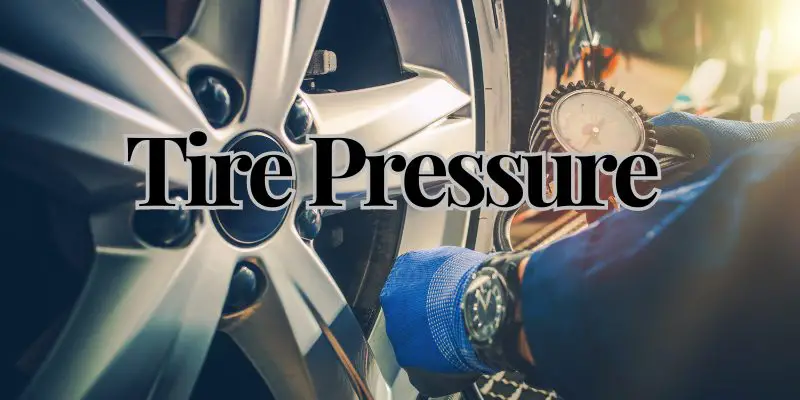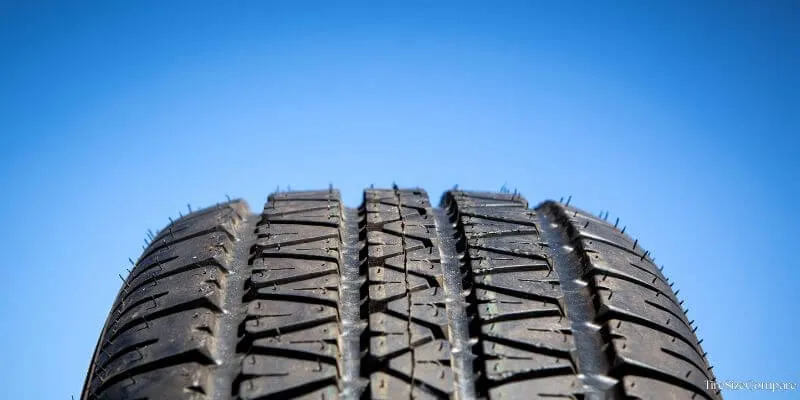Tire Pressure Guide

Keeping your tires properly inflated is crucial for a safe and comfortable ride. The right tire pressure helps your tires last longer, improves fuel efficiency, and ensures better handling on the road.
In this guide, we’ll dive into everything you need to know about tire pressure, from checking it regularly to understanding the impact of temperature changes.
Why Tire Pressure Matters
Imagine you’re riding a bike with tires that are low on air. It’s harder to pedal, and the ride feels sluggish. The same thing happens with your car when the tire pressure is too low.
Underinflated tires can lead to poor fuel economy, decreased handling, and even tire failure. On the flip side, overinflated tires can make your ride less comfortable and cause uneven tire wear.
Checking Tire Pressure
To check your tire pressure, you’ll need a tire pressure gauge. You can find these at most gas stations or auto parts stores. Here’s how to check your tire pressure:
- Make sure your tires are cold. Wait at least 30 minutes after driving to get an accurate reading.
- Remove the valve cap from the tire.
- Press the tire pressure gauge firmly onto the valve stem.
- Read the pressure on the gauge and compare it to the recommended pressure in your owner’s manual or on the tire information label inside your driver’s side door.
- If the pressure is too low, add air until it reaches the recommended level. If it’s too high, press the center of the valve stem to release air.

What Is the Recommended Tire Pressure?
The recommended tire pressure varies depending on your car’s make and model, as well as the type of tires you have. You can find the recommended pressure in your car’s owner’s manual or on the tire information placard.
It’s important to note that the pressure listed on the sidewall of your tire is the maximum pressure, not the recommended pressure.
In general, most passenger cars have a recommended tire pressure between 30 and 35 PSI (pounds per square inch). However, some cars may require higher or lower pressures, so always check your car’s specific recommendations.
Too Low or Too High
If your tire pressure is too low, you may notice the following problems:
- Decreased fuel efficiency
- Poor handling and increased stopping distance
- Uneven or rapid tire wear
- Tire damage or failure
If your tire pressure is too high, you may experience:
- A bumpy or uncomfortable ride
- Reduced traction, especially in wet conditions
- Uneven tire wear
- Increased risk of tire damage from potholes or debris

The Impact of Temperature
Did you know that temperature affects tire pressure? As the weather gets colder, tire pressure drops. In fact, for every 10°F drop in temperature, your tire pressure decreases by about 1 psi. That means if you last checked your tire pressure in the summer and it’s now winter, your tires could be underinflated.
To combat this, check your tire pressure more frequently in the colder months. You may also want to fill your tires to a slightly higher pressure than recommended, as long as you don’t exceed the maximum pressure listed on the tire sidewall.
Tire Pressure Monitoring Systems
Many newer cars come equipped with a Tire Pressure Monitoring System (TPMS). This system uses sensors to monitor the pressure in each tire and alert you if it falls below a certain level. If your TPMS light comes on, it means one or more of your tires is underinflated and needs attention.
However, it’s important to note that TPMS is not a substitute for regular tire pressure checks. The system may not alert you until the pressure is significantly low, and it’s always a good idea to catch potential issues early.
What is the recommended tire pressure for my vehicle?
The recommended tire pressure for your specific vehicle can be found in your owner’s manual or on the tire information label located inside the driver’s side door jamb.
How often should I check my tire pressure?
It’s recommended to check your tire pressure at least once a month and before any long trips. Additionally, check your pressure whenever there is a significant change in temperature.
What happens if my tires are underinflated?
Underinflated tires can lead to reduced fuel efficiency, increased wear and tear, and even dangerous blowouts. Always ensure your tires are properly inflated.
Can overinflated tires be a problem?
Yes, overinflated tires can cause a bumpy ride, uneven tread wear, and reduced traction. Follow the recommended tire pressure for your vehicle.
Do I need to check the pressure in my spare tire?
Yes, it’s important to check the pressure in your spare tire as well. A flat spare tire can leave you stranded in an emergency situation.
Conclusion
Proper tire pressure is essential for a safe, comfortable, and efficient ride. By checking your tire pressure regularly, keeping an eye on temperature changes, and paying attention to your TPMS, you can keep your tires in top shape and enjoy a smoother driving experience.



